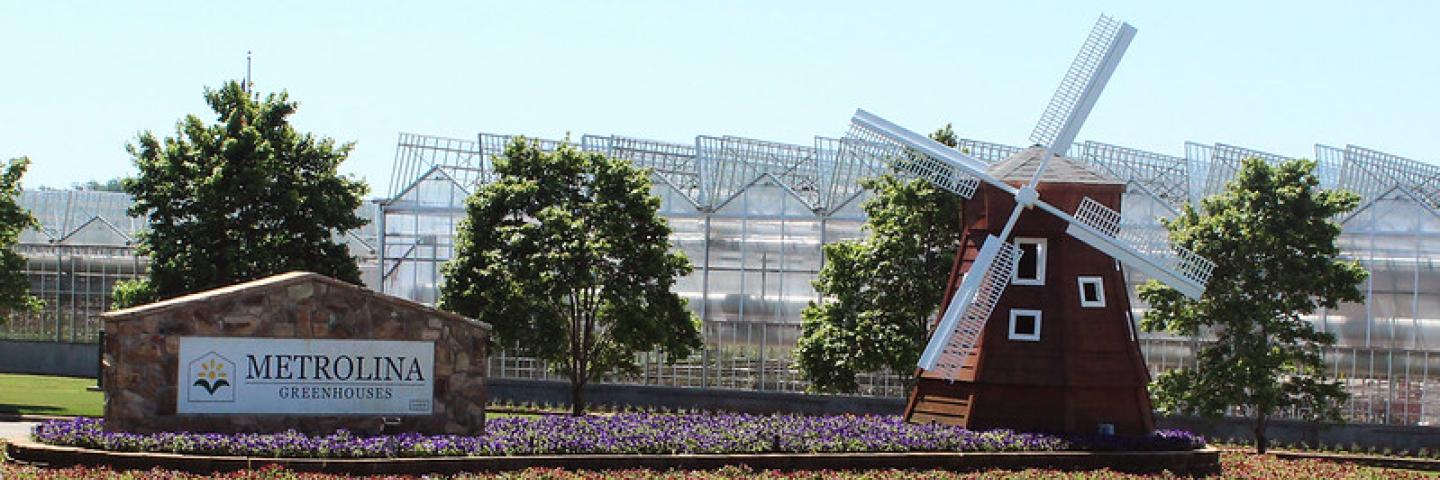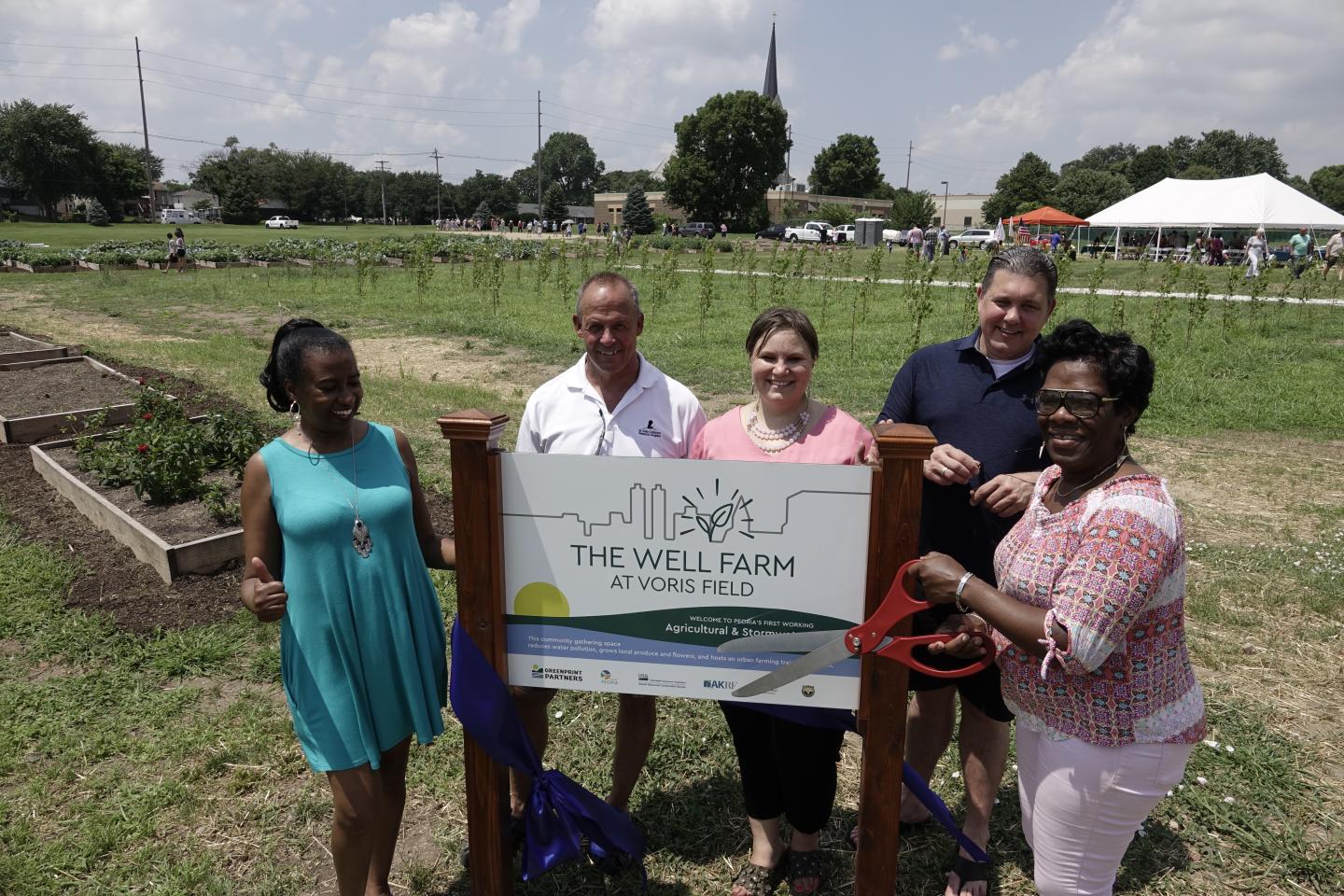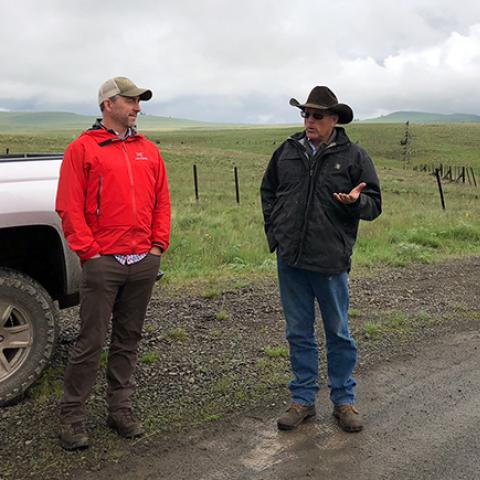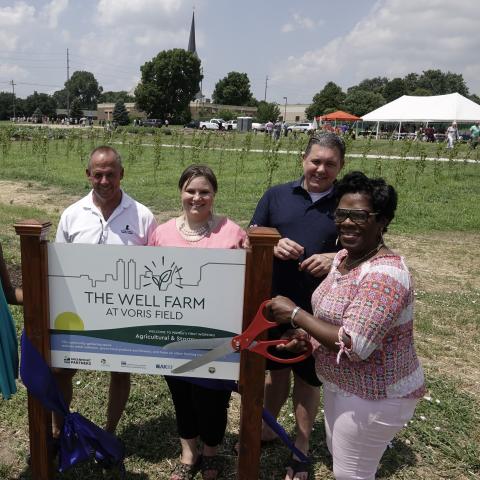
Environmental markets are an approach that can be used to help landowners get conservation on the ground. While NRCS has substantial funding to dedicate to private lands conservation, environmental markets complement NRCS’s work by bringing private and other non-Federal investments to private lands.
The environmental benefits that healthy ecosystems provide -- such as clean water and air, flood prevention, healthy soils and wildlife habitat – are collectively known as ecosystem services. When ecosystem services can be measured and quantified -- for example, the amount of carbon stored in soil -- they can be sold and purchased through emerging markets. These markets are called ecosystem or environmental markets.
Farmers and ranchers generate ecosystem services when they implement conservation practices on their lands. Producers who generate ecosystem services credits may be able to voluntarily participate in environmental markets, providing an additional source of income.
NRCS’ Role in Environmental Markets
Environmental markets are an approach that can be used to help landowners get conservation on the ground. While NRCS has substantial funding to dedicate to private lands conservation, environmental markets complement NRCS’s work by bringing private and other non-Federal investments to private lands conservation. Our focus is on:
- Awareness building and education
- Development of ecosystem services quantification tools
- Technical assistance for policy-making
- Grants to support the development of markets and protocols
Examples of NRCS Environmental Markets Activities
Water Quality Trading
NRCS funds pilot water quality trading projects throughout the United States, supporting the development of replicable trading frameworks and policies.
Examples of CIG water quality trading grantees:
- Temperature Trading for Water Quality in the Pacific Northwest - The Freshwater Trust
- Building Trading Tools for the Chesapeake Bay Watershed - World Resources Institute
- The Ohio River Basin--The Nation's First Multi-State Waster Quality Trading Program - Electric Power Research Institute
- Implementing Point to Non-Point Source Nutrient Trading in the Chesapeake Bay Watershed - Maryland Department of Agriculture
- Market-Based Program for Environmental Services on South Florida Ranch Lands - World Wildlife Fund
- Paying for Environmental Services from Florida Ranchlands: Moving from Pilot Phase to Program Operation - World Wildlife Fund
- Great Miami River Watershed Water Quality Credit Trading Program - Miami Conservancy District
National Network on Water Quality Trading (NNWQT)
The NNWQT, established to improve the consistency, innovation and integrity in water quality trading, is comprised of a variety of stakeholders, representing agriculture, wastewater utilities, environmental interests, regulatory agencies, and practitioners. The Willamette Partnership administers the NNWQT with financial support from NRCS. NRCS serves as a technical advisor to the group, ensuring that the needs of farmers, ranchers and forest landowners are represented.
Learn more about NNWQT.
Greenhouse Gas Markets
NRCS funds projects that support greenhouse gas markets. GHG markets can help farmers, ranchers and forest owners reduce GHG emissions and improve soil health while providing new income streams to producers who undertake practices that generate carbon credits.
Examples of CIG greenhouse gas market grantees:
- Nature’s Stewards – Environmental Defense Fund
- Avoided Grassland Conversion for Carbon Storage - Ducks Unlimited
- Nutrient Management for Nitrous Oxide Reductions on Cropland - Delta Institute
- Carbon Storage through Compost Additions on Rangelands - Environmental Defense Fund

Urban Farm Innovations in Illinois
A vacant lot in downtown Peoria has been transformed into green infrastructure, an urban forest, and a working farm.
Our Team
Related Pages
Environmental Markets & Conservation Finance
The Conservation Innovations Team was established in 2016 in response to growing interest in environmental markets and conservation finance. NRCS’s work in these emerging areas complements, and in some ways is already integrated with, our traditional conservation planning and program implementation
Learn More


